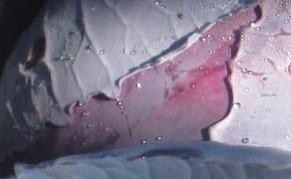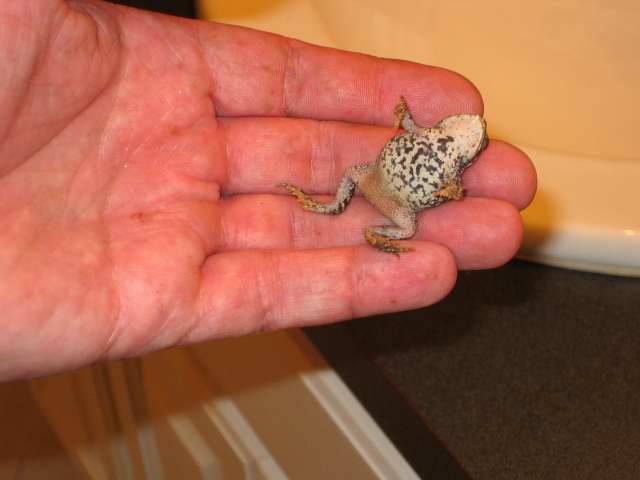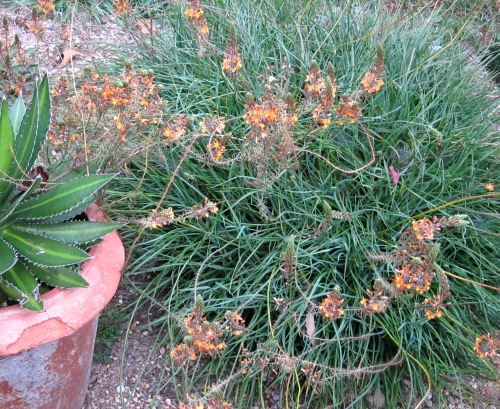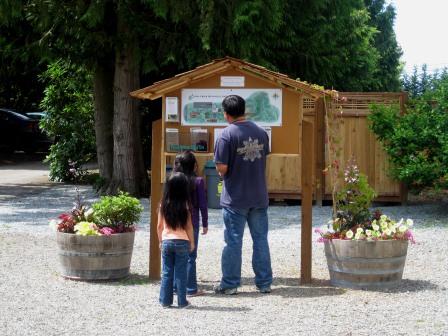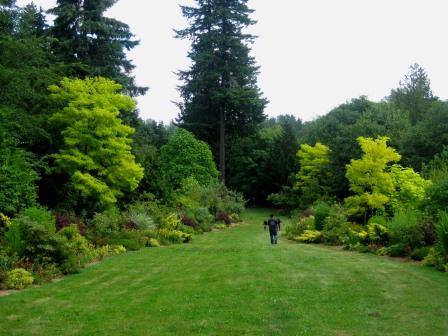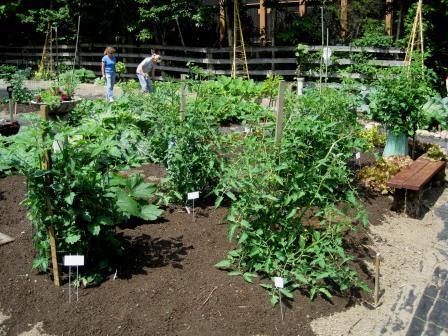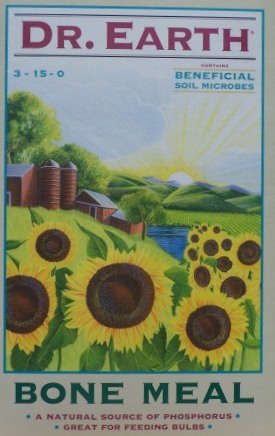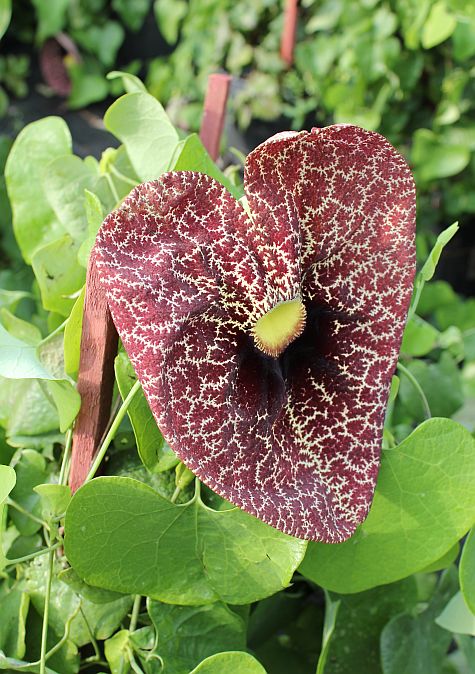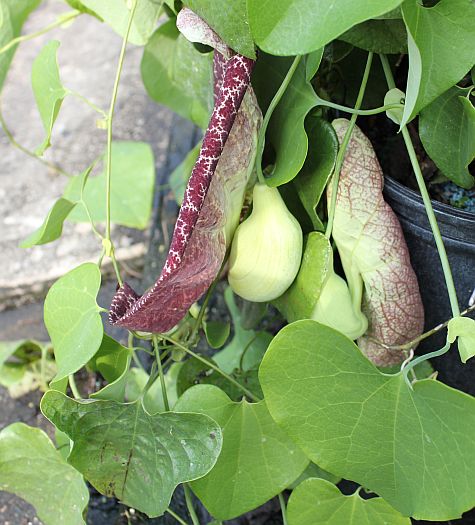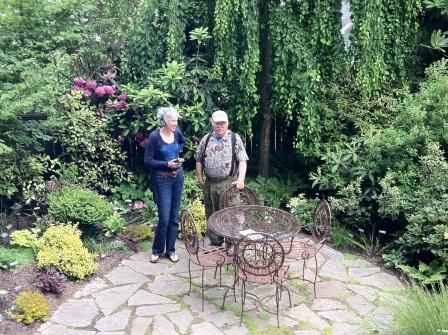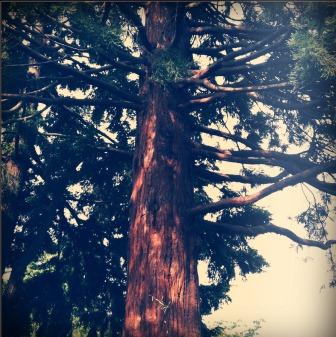We typically think of mulching landscape beds as a good thing. And it usually is; helping to conserve soil moisture, reducing soil temperatures and contributing to soil organic matter. Recently, however, I received an e-mail from a local landscaper that reported severe damage to annuals and perennials in a landscape bed immediately after applying hardwood mulch. The problem, sometimes referred to as ‘sour mulch’ or ‘toxic mulch’, occurs when mulch is left is large piles and undergoes anaerobic conditions. This results in the production of acids and other compounds that can volatilize when the mulch is placed in beds, especially during hot weather. These vapors can quickly damage annuals and other sensitive plants. Mulch in this condition is often characterized by a ‘sour’ smell. If you suspect your mulch has gone sour, spread it out before use to allow toxins to dissipate and water thoroughly either before or immediately after application. The University of Arkansas Extension has a nice fact sheet in the subject “Plant injury from ‘sour’ wood mulch.http://www.uaex.edu/Other_Areas/publications/PDF/FSA-6138.pdf
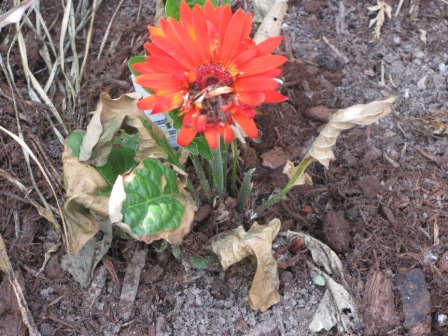
Fried Gerber daisy
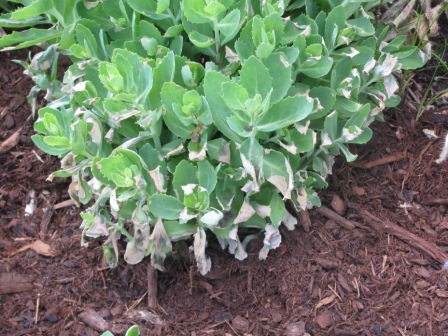
Sedums are usually pretty tough…
And, yes, I did steal the title of this post from one of my all-time favorite ‘Far Sides’…

